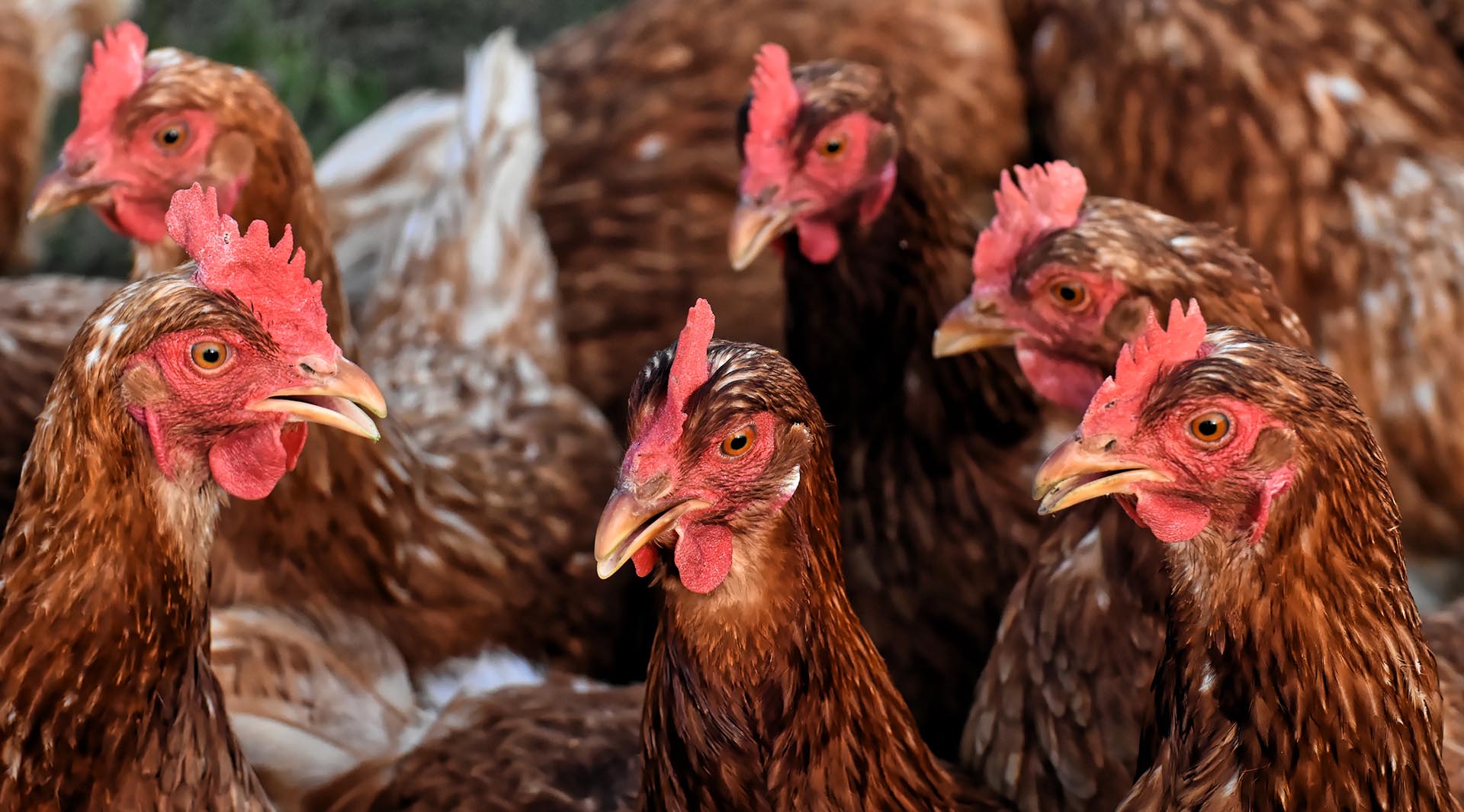Location:Index--->News Center >> Industry News >> Effects of Rumen Protected Lysine on Production Performance and Economic Benefits of Dairy Cows
Effects of Rumen Protected Lysine on Production Performance and Economic Benefits of Dairy Cows
Rumen bypass lysine not to be ignored
Lysine is an essential amino acid needed by dairy cows. Le Barry® is a capsule-coated lysine product that transfers this key nutrient to the cow's small intestine where it can be absorbed.
In the body, the comprehensive functions of lysine used by cows include: maintenance, growth (lactating heifers or primiparous cows), reproduction, lactation and milk protein synthesis. Lysine is often a limiting amino acid, especially in diets of high corn products.

In ruminant diets, lysine is provided by microbial protein and rumen escape or rumen non-degradable feed protein. In many lactating dairy cows, the lysine supplied by microbial protein and rumen non-degradable feed protein may not be sufficient to meet the needs of lysine.
Methionine is another essential amino acid required by cows, and current industry recommendations indicate that the ratio of lysine to methionine to lactating cows should be 3:1.
With rumen-protected lysine products, we are now able to increase the supply of lysine in a more targeted or purposeful way. Certain studies and field experience have shown that feeding extra lysine without increasing methionine may be beneficial to increase milk and milk composition.
Test
In order to evaluate the actual effect of the application of Le Barry®, increase the lysine concentration in the metabolized protein without increasing the methionine concentration to achieve a lysine:methionine ratio of 3.6:1, and analyze the dry matter intake of dairy cows We conducted experiments on the influence of milk and milk ingredient content, feed efficiency and income from feed cost minus that is gross profit.
The trial was conducted on a 3,000 cow-scale free-range dairy farm in Idaho, USA. The concentration of lysine in the diet was increased from 6.5% to 6.8% (AMTSv.3.1, CNCPS v.6.1 Biology) with 0.1 lb (45g) of Roborix®. No other changes were made to the diet.


 Tiffanyfeeling
Tiffanyfeeling Whatsapp
Whatsapp